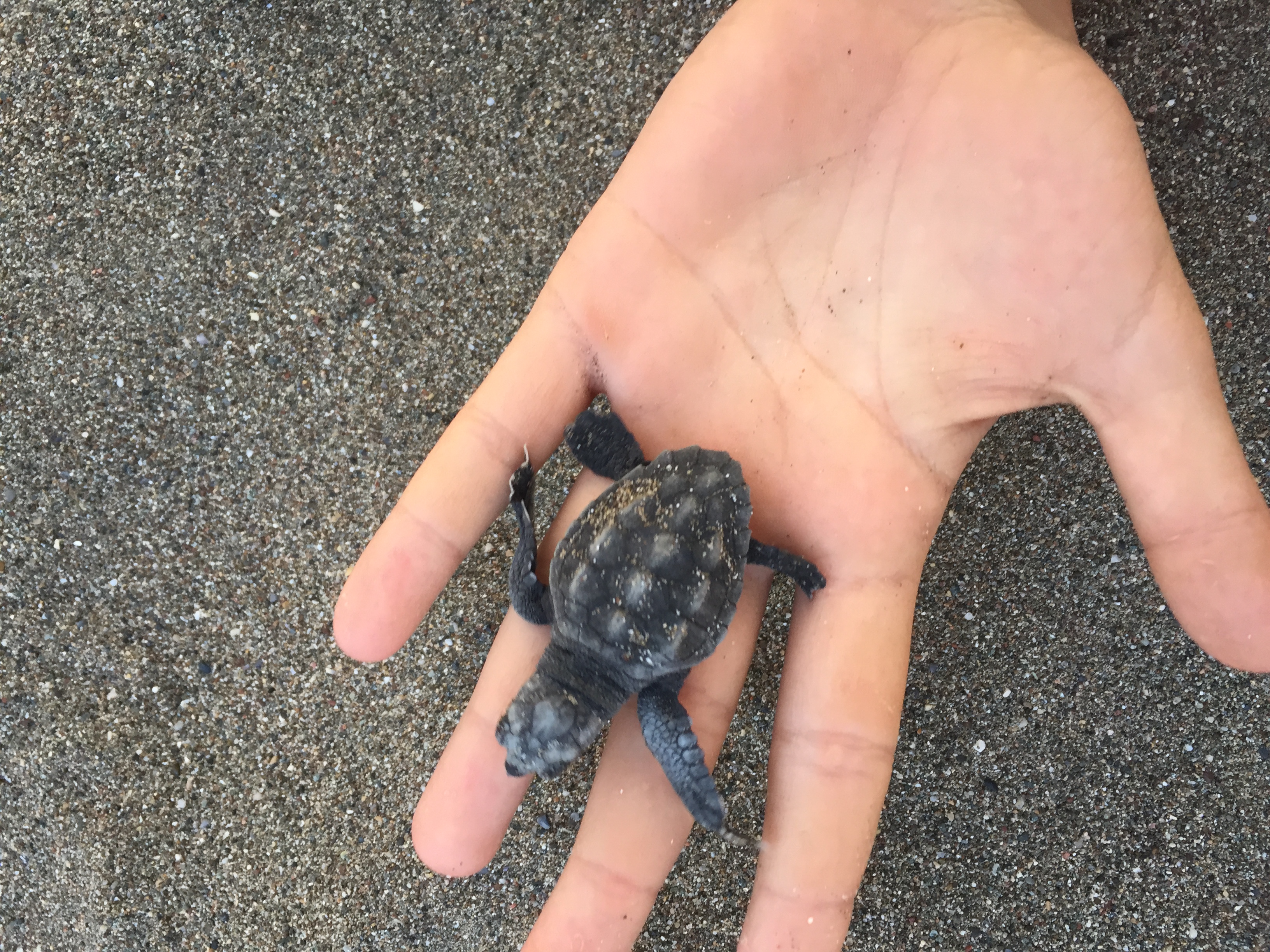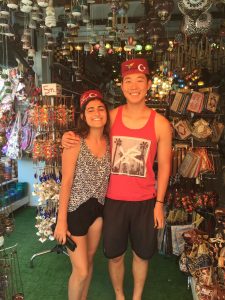We’re at the final days of our time in Turkey at Iztuzu beach, and it’s a bit of a strange feeling. Because all the volunteers live and work at the center 24/7, it was inevitable that we would become close. From Halime and Suleyman who basically juggle the Turtle Hospital to the volunteers with whom we’ve spent weeks getting to know on night patrols, I’ve realized that it will be difficult to say goodbye.
Although it’s only been two months, these friends, between the Duke students and the Turkish volunteers, have become such close companions of mine. I mean, this was of course expected, especially due to the fact that we would spend these weeks with one another almost every hour of the day. However, I like to attribute this closeness to our desire to get to know one another. We made it a habit to get to know one another on night patrols, which lasted entire nights, when one person would share their entire life story with others. Once they shared from the beginning to present, the group would ask questions to fill in the gaps of whatever else we didn’t know. In addition to life stories that would get deep at night, we would spend the entire day playing Settlers of Catan, Hearts, Uno, and even made up a few games of our own.
Most of the people who decide to come to DEKAMER to aid in conservation of sea turtles stay for about four weeks, so throughout the time that we’ve been here, we’ve had to say a couple goodbyes to friends from all over Turkey and Europe who also very quickly became our close friends. A few weeks ago, we said goodbye to two Turkish girls who lived with us in our small room that bunked eight people. As Merve and Irem waved us goodbye and climbed into the car that would take them to the bus stop or airport, I got a sinking feeling realizing that in a short while, we would be thousands of miles apart. Today, I got the same feeling with a volunteer from Italy who became our little sister. Seeing tears in her eyes as she walked out of DEKAMER broke my heart. While the thought of leaving has been in the back of my mind for at least the past week, the realization didn’t hit me until we were altogether in a group hug, saying our last goodbye to our Italian sister. I’m expecting the same feeling as we leave behind the rest of the friends that we’ve made.
The bright side is that everyone at the center has grown so fond of each other that the possibility of keeping in touch and visiting each other in the future is on the table. Erin, who is another Duke Engager, and I are planning to visit some of our friends who live in Istanbul next year, and we have invited some of our friends to come visit us at Duke as well. Even if we don’t have the chance to see each other in Turkey or the States and our relationship continues through WhatsApp group chats, I am greatly thankful for the opportunity to meet so many cool people who all happened to share an interest in saving some sea turtles along the coast of the Mediterranean Sea.






























